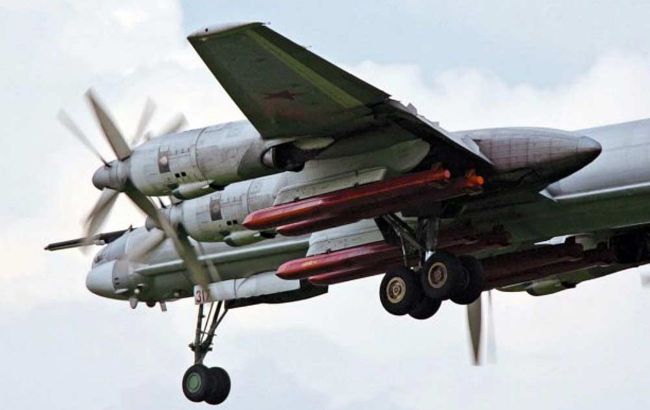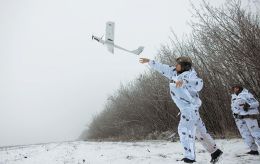Factors behind Russian missiles sometimes losing combat capability in air: Expert's opinion
 Russian missiles sometimes lose combat capability in the air (Photo: Russian media)
Russian missiles sometimes lose combat capability in the air (Photo: Russian media)
Russian missiles do not always reach their targets during strikes on Ukraine. This is influenced by a combination of factors, including the strengthening of electronic warfare (EW) systems, says aviation expert and leading researcher at the National Aviation University (NAU), Valerii Romanenko, in a comment to RBC-Ukraine.
Strengthening electronic warfare
According to him, Ukraine has recently acquired many new EW assets, and in almost every protocol for the transfer of various types of weaponry, it is indicated that they include "anti-aircraft defense and others."
"Thus, not missiles, not artillery systems, but 'others.' This essentially refers to electronic warfare (EW) means," says Romanenko.
Quality of Russian missiles
The expert also clarifies that there is currently a decrease in the supply of Russian contacts for obtaining radio-electronic components. More countries have started to actively trace supply chains of components to Russia, including the United States and several European countries.
"They have already started tracking and interrupting these supply chains. By the way, as reported by the General Staff, if in August the Russians could produce, for example, 40 missiles of the X-101 type, now the quantity does not exceed 35. So, production has decreased by more than 10%," he says.
The aviation expert points out that, on the one hand, the Russians are trying to improve missiles, and on the other hand, this indicates problems with supplies and production technology.
Example of Russian missiles losing combat capability in the air
Today, the Armed Forces of Southern Ukraine reported that Russian forces carried out an airstrike using tactical naval aviation during the combat day.
"2 Kh-31P cruise missiles launched towards the Odesa region lost their combat capability in the air. No destruction or damage was recorded," the military reported.
The expert notes that the Russians have a stockpile of Kh-31 missiles, and Kh-31P remains the main anti-radar missile used by the occupiers.
"Previously and recently, the launch of strike missiles was accompanied by the launch of anti-radar missiles," adds Romanenko.
Expert explains details of EW systems' operation
"Currently, we are producing a significant number of systems, but most of them are anti-drone. Overall, it's a separate topic, and no one will disclose the frequencies they operate on," says Romanenko.
According to the expert, the task is to disrupt the navigation systems of cruise missiles and drones. However, Russian cruise missiles and drones have a system like the Kometa and Kometa-M, which generally receive information from four satellite systems operating at different frequencies.
"And here is the task: if we want to disrupt guidance, suppress the signal, or distort the signal. If we distort the signal, the missile will still receive it but will fly not where it should," explains Romanenko.
Russian missiles do not always reach their targets
Yesterday, Russian forces launched a combined strike on Ukraine, using cruise, ballistic, aviation, and anti-aircraft missiles. Commander-in-Chief of the Armed Forces of Ukraine, Valerii Zaluzhnyi, reported that not all enemy missiles attacking on a ballistic trajectory reached their targets.
British intelligence also reported that Russian Kinjal missiles in December likely did not reach their intended targets, while Ukraine managed to intercept attacks from this supposedly "invincible" system.

